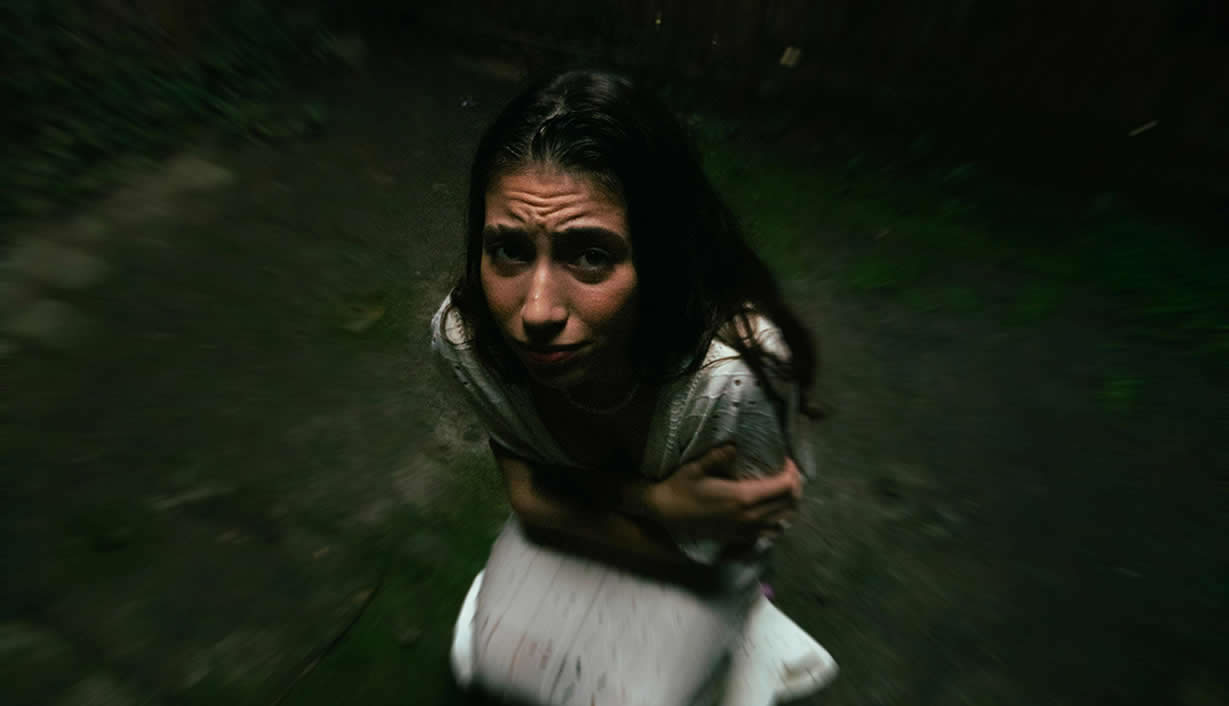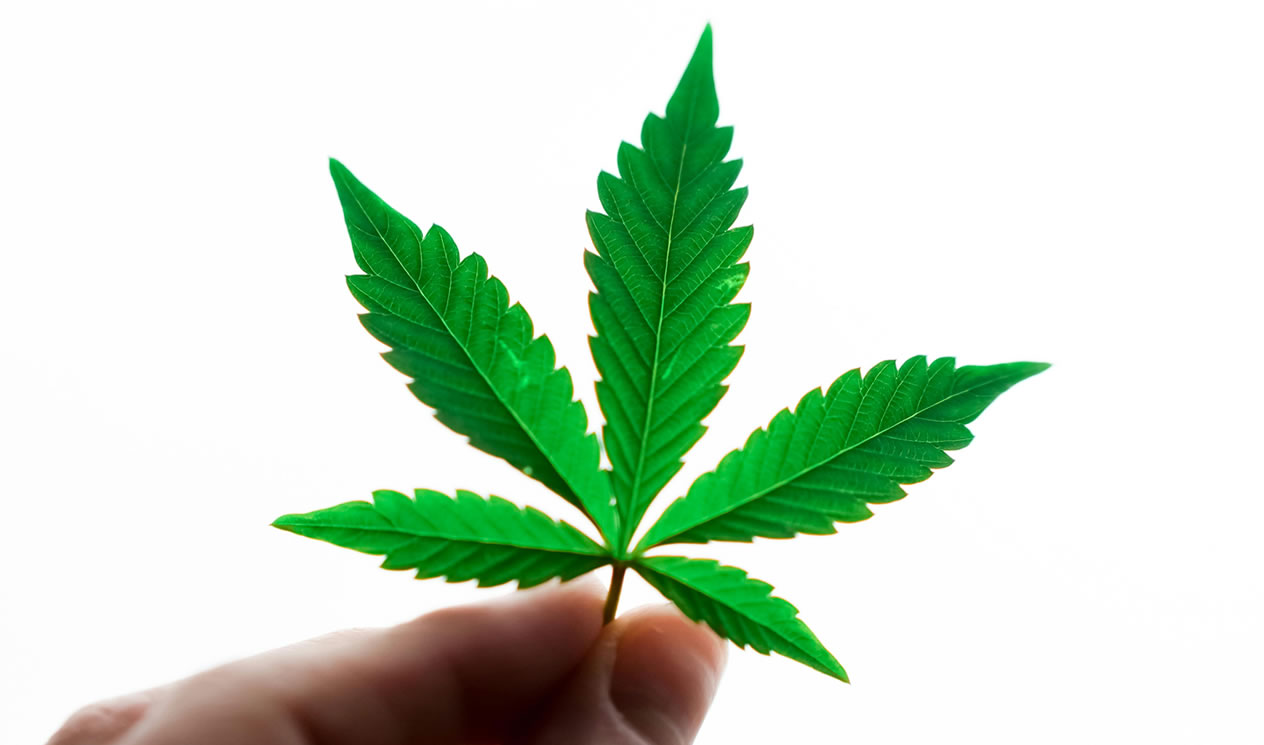Cognitive Behavioral Therapy (CBT) is a type of therapy that focuses on the connection between thoughts, feelings, and behaviors. It is based on the premise that our thoughts influence our emotions and behaviors, and by identifying and changing negative thought patterns, individuals can experience improvements in their emotional make-up and behavior.
CBT can be used to treat Borderline Personality Disorder as well as other mental health conditions such as depression, anxiety, Obsessive-Compulsive Disorder, Post-Traumatic Stress Disorder, and more. Cognitive Behavioral Therapy is also the basis for other types of psychotherapy such as Dialectical Behavioral Therapy and Schema Therapy – both of which are popular methods of treatment for Borderline Personality Disorder.
The key principles of Cognitive Behavioral Therapy include:
Cognitive Restructuring: Cognitive Restructuring involves recognizing and challenging negative patterns of thought, and replacing them with healthier ways of thinking. By changing irrational or negative thinking, individuals can often change their emotional responses.
Behavioral Techniques: CBT emphasizes the importance of understanding and modifying behaviors that may contribute to psychological distress. This can involve goal-setting, problem-solving, and developing new coping strategies.
Exposure Therapy: This technique is commonly used to treat anxiety disorders. It involves slowly exposing individuals to feared or anxiety-inducing stimuli in a controlled and systematic way, helping them to build tolerance and reduce anxiety.
Homework Assignments: CBT often includes homework assignments that individuals complete between therapy sessions. These assignments may involve keeping a journal, tracking thoughts and behaviors, or practicing new coping skills.
Collaborative and Time-Limited: CBT is typically a short-term, goal-oriented therapy that involves active collaboration between the therapist and the individual. The focus is on addressing particular issues and developing practical skills for managing them.
How Does CBT Work?
The theory behind CBT is that the way we think about situations strongly affects the way we feel and behave. Our thoughts become feelings which become actions. Negative actions can then lead to further negative feelings and actions and become a cycle that’s hard to escape from.
A CBT therapist aims to help you change the way you think about yourself, those around you, and the situations you get yourself into. By learning to think about things in a more balanced way, you can reduce the black-and-white thinking that pervades the minds of those of us with Borderline Personality Disorder.
CBT programs typically involve one-on-one sessions with your therapist, some group therapy, and exercises for you to practice as a form of homework.
Because Cognitive Behavioral Therapy tends to be a short-term form of treatment, it’s not always ideal for people with Borderline Personality Disorder as there can be problems too complex to work through in a short amount of time.
It can also be difficult for people who struggle to talk about their emotions – although this is true of most forms of therapy.
The ABC Model

A common exercise performed while undergoing Cognitive Behavioral Therapy is the ABC Model, which helps people examine the connection between events and their thoughts, feelings, and behaviors regarding the event.
A – Activating Event
Start by identifying a particular event that caused a strong emotional reaction. People with BPD are highly sensitive so you will likely have a lot to draw on. It could be as simple as someone not texting you back after you sent them a message.
B – Beliefs
Explore the beliefs that went through your mind about the activating event. What did you tell yourself about the situation? Were there any automatic negative thoughts or associations?
C – Consequences
Examine the emotional and behavioral responses to those thoughts and beliefs. How did those thoughts make you feel and how did you act on them? Did these thoughts and behaviors make the situation better or worse?
D – Disputation
Challenge and dispute your own beliefs about the event that triggered your emotional response. Is there a more balanced way to view the event? What evidence supports or contradicts your initial thoughts?
E – Effect
Consider how disputing and changing your initial beliefs about the event could lead to a different emotional response and behavioral outcome. What would be a healthier way of reacting to the event?
Now let’s look at an example of the ABC Model in action using the activating event of a friend not responding to a text message. Your belief might be that your friend has fallen out with you and never wants to talk to you again but your beliefs are assuming that you know exactly what is going through your friend’s mind. No matter how close you are to someone, you should never assume to know what they’re thinking.
A common BPD emotional response to this sort of event is to split and engage in black-and-white thinking. This could mean turning yourself or your friend into a villain in your mind. And the behavioral response could be an increase in impulsive behavior or lashing out at your friend.
Take a moment to dispute your initial beliefs. Has your friend abandoned you or is it far, far more likely that they’re busy or tired and haven’t had time to see or respond to your message? They may be struggling to juggle their responsibilities right now.
When you take a moment to dispute your beliefs and humanize the people concerned in the event, you’re likely to come to a more rational and healthy outcome.
What’s the Success Rate for Treating Borderline Personality Disorder with Cognitive Behavioral Therapy?
A study by the National Center for Biotech Information found that people using traditional CBT to treat BPD experienced a 50% decrease in their symptoms compared to a control group. However, more research needs to be done in this area. Lack of funds and the selection of patients always make mental health research difficult.
It should be noted that Dialectical Behavioral Therapy is a spin-off of Cognitive Behavioral Therapy, and was created specifically to treat Borderline Personality Disorder. As such, DBT typically enjoys a higher success rate in treating people with BPD, with one study reporting a success rate as high as 77%.
So it may be a better idea to try DBT to treat BPD rather than traditional CBT.
Finding The Right Therapist
Working on your mental health is a job and – like with any job – it’s important to select the right tool. Therapy takes time, effort, and money so finding the right therapist is tantamount to achieving the desired results.
Fortunately, it’s never been easier to find the right therapist for you as the internet makes it simple to find reviews of any therapists in your area. You can also arrange short consultations with therapists to discuss your problems and your hopes for what therapy will provide – this gives you the perfect opportunity to assess whether you think you gel well with the therapist.
You may wish to ask them questions about how experienced they are, their experiences in treating Borderline Personality Disorder, how they were trained, what their therapy sessions typically look like, how to contact them during a mental health emergency, and how much they charge.
If you’re struggling to find a therapist in your area then you may also consider online therapy as there are several options. Some people find they feel more comfortable being in their own home, talking to someone over their computer or phone. Others do still prefer that personal touch though so it’s all down to what you’d feel most comfortable with.
Sources, Resources, and Further Reading
- The Effectiveness of Cognitive Behavioral Therapy for Personality Disorders: https://pmc.ncbi.nlm.nih.gov/articles/PMC3138327/
- Cognitive Behavioral Therapy for Borderline Personality Disorder: https://www.choosingtherapy.com/cbt-for-bpd/
- CBT Techniques: 25 Cognitive Behavioral Therapy Worksheets: https://positivepsychology.com/cbt-cognitive-behavioral-therapy-techniques-worksheets/

















